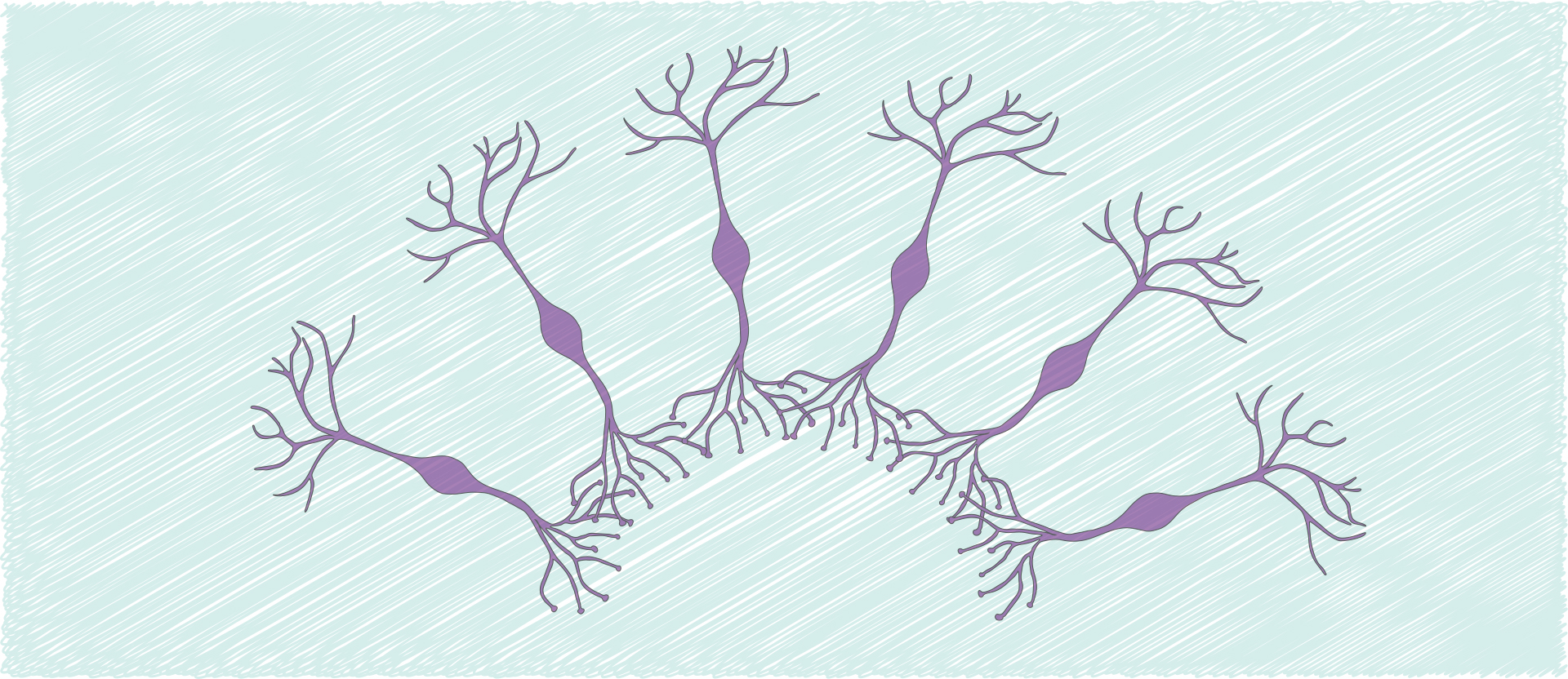A light switch for neurons
Just as you plug in a lamp to get light for reading, there are also many molecules that can do the reverse and transform light into electricity. In biology these are called light-sensitive proteins. One can think of them like solar cells in a photovoltaic installation. If, using genetic engineering, we install these light-sensitive proteins into neurons (usually deep in our head and normally never meant to “see” the light of the day), then the activity of these genetically engineered neurons become suddenly tunable by light – as light is transformed to electric current and neurons encode information via electric signals. This is what optogenetics is all about.
And why is that important? Why would we want to use such a “remote control photoswitch” to modify the electrical activity of neurons by a pulse of light that we shine on them? The answer is that neurobiologists think like physics engineers: we will never be able to control something that we do not understand. Even if we could measure what every neuron chemically looks like at any point in time by biochemical analysis, we still need to make sense of what these chemical signatures really represent in functional terms. And because that is so complex, we currently understand neuronal networks very little. Therefore, how our cognition and emotions arise from the complex computation, flow and storage of information by neuronal network operations in our brain, is studied by scientists pursuing an optogenetics approach. These scientists take up the challenge by combining the elements of optics and genetics to gain a better understanding of operations in neurons. Light-sensitive proteins have been genetically engineered into the neurons in a way that the electric activity, and thus the function of these neurons, can be switched on or off by laser light. Such genetically modified cells can then be installed into part of the functional neuronal circuit of living animals. Importantly, one is able to specifically trigger effects by optogenetic means in desired groups of cells only, while other neurons in the network or other networks remain optogenetically unmodified.
So, we cannot possibly devise effective treatments for, let’s say, a neuronal disorder, if we do not understand which neurons were damaged or died off during progression of the disorder. Neuronal brain disorders such as depression, schizophrenia, anxiety, epilepsy, or Alzheimer’s all change who we are and how we act by affecting specific subsets of neurons in specific brain regions. Using optogenetics, we can specifically study what happens in a normal brain if a group of cells we are interested in would not be active any more — let’s say, a group of neurons that is known to be overactive during an epileptic seizure. Neuroscientists are already able to switch off the activity of these neurons by shining light on them, and stop the epileptic seizures applying optogenetics. Although such experiments were so far performed only in animals models (genetically modified mice and rats with comparable brain disorders as human patients), such experiments will open new avenues to treat neuronal disorders like epilepsy without side effects and without cutting the tissue with a scalpel.










